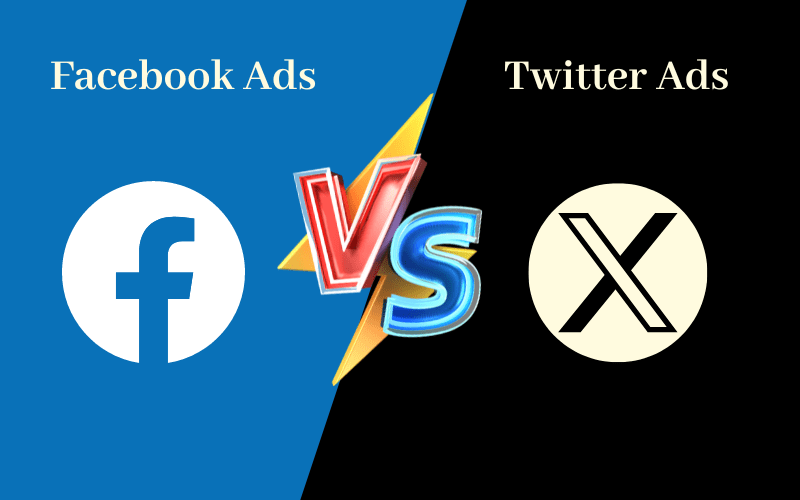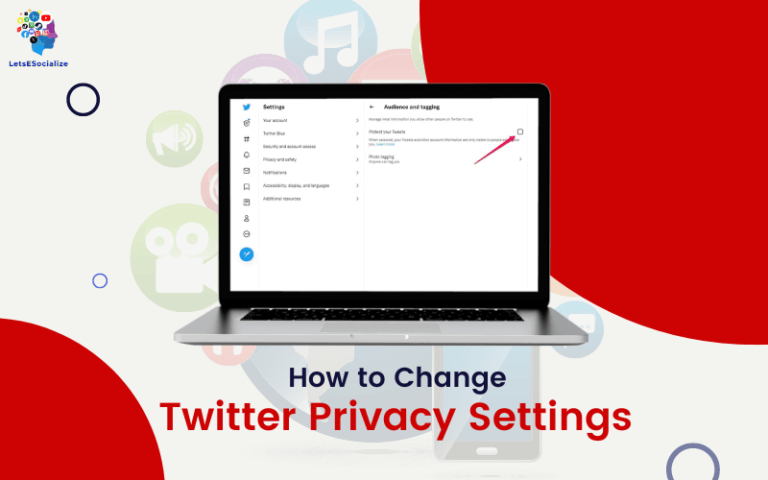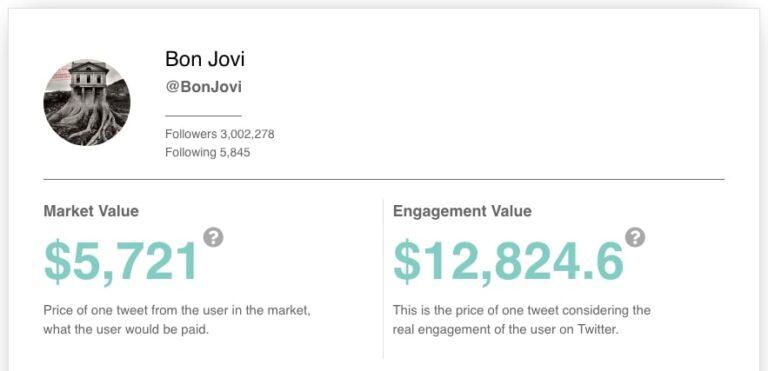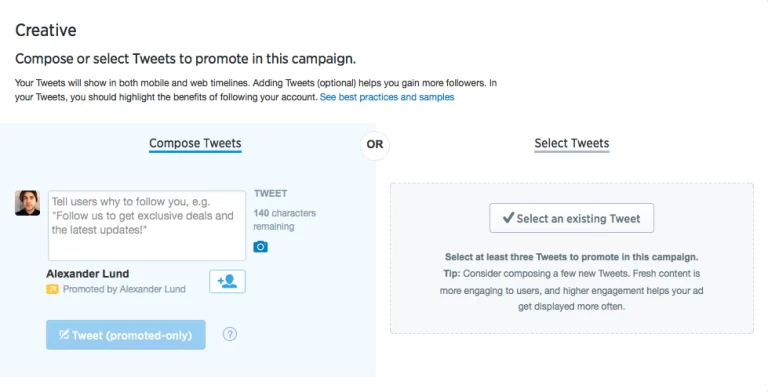Facebook and Twitter – two of the biggest social media platforms out there. But there’s no denying that Facebook have more Ads than Twitter.
What gives? Why does Zuckerberg’s empire have so many more ads crammed onto your screen? Is Twitter just playing it cooler with less obnoxious sponsored posts? Let’s take a deep dive into this first-world problem.
Table of Contents
Facebook’s Massive Reach
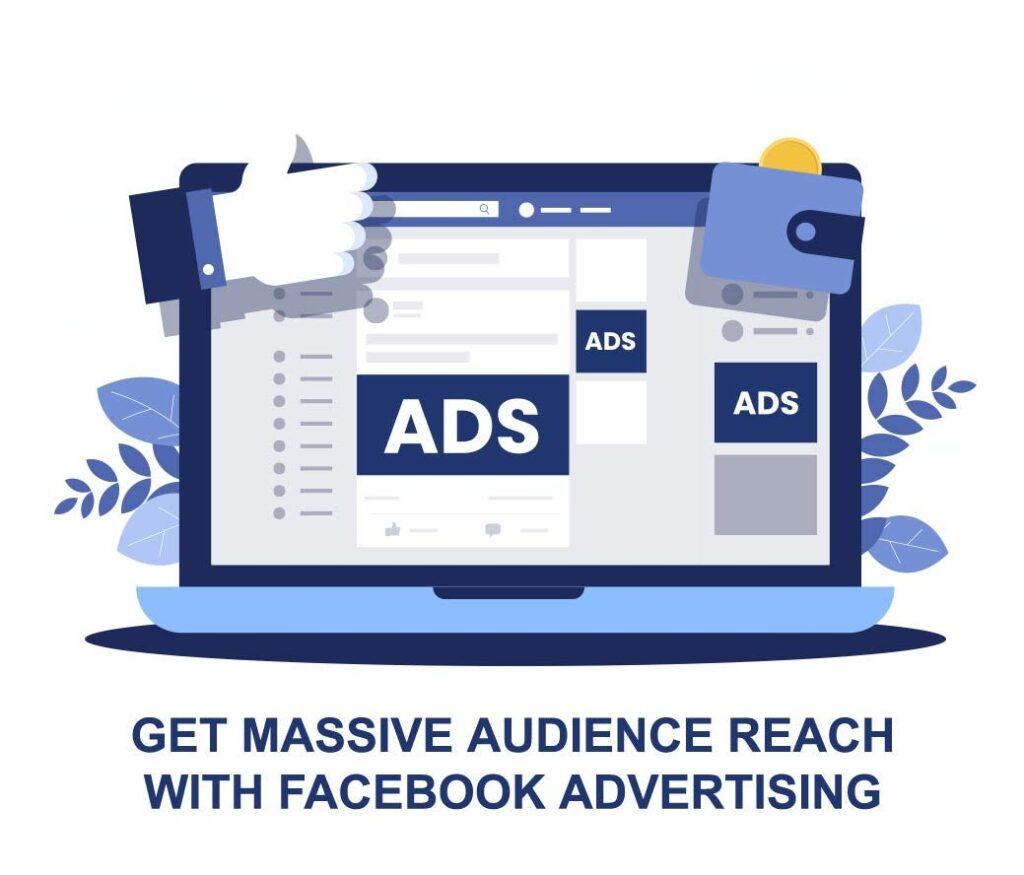
Well, for starters, Facebook has a way bigger user base than Twitter. As of Q2 2023, Facebook reported 2.93 billion monthly active users. Twitter on the other hand? Just 237 million. So Facebook has over 10 times more active users seeing all those ads. More eyeballs on the platform naturally translate to more ad inventory to fill.
It’s not even a fair fight – Facebook is just operating at a totally different scale than the little blue bird app. And with more users comes more data points on those users. This leads us to our next point…
Granular Targeting Options
Facebook has vastly more detailed user data to deploy for ad-targeting purposes. Twitter knows some basics about you, but Facebook has a creepy level of insight into your demographics, interests, behaviors, and more.
This allows Facebook ads to be customized to particular audiences in a very granular way. And advertisers are willing to pay big bucks for that level of precision. Facebook’s ad platform lets you target users by location, age, gender, interests, political views, relationship status, job title, and on and on. Twitter’s targeting options look downright primitive by comparison.
In other words, Facebook’s stalker-level ad targeting is a big revenue driver. Advertisers have more tools to zero in on exactly who they want to see their ads. And they can tailor ad creative and messaging precisely to those targets.
Ad Formats
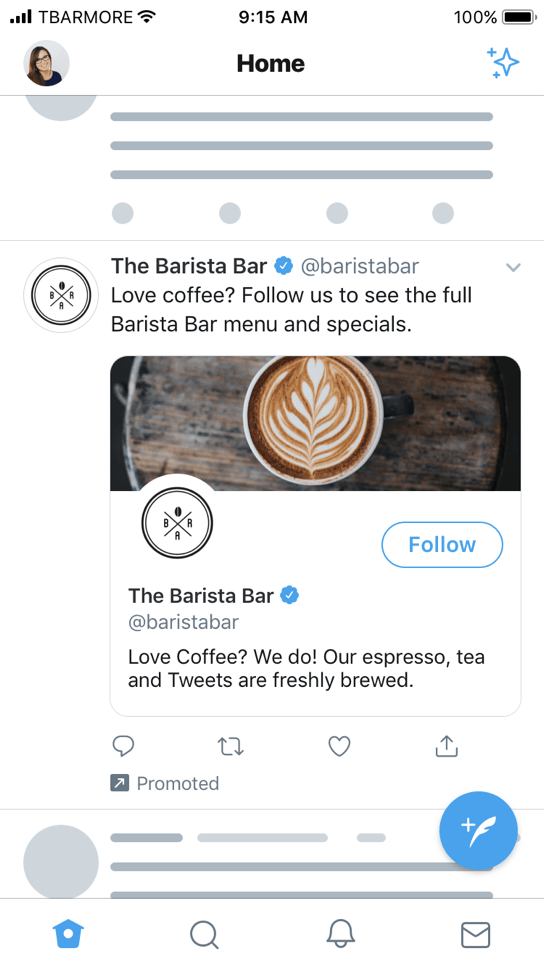
Here’s another advantage Facebook wields – they have way more options for ad formats and placements. Twitter keeps it simple with a few standard in-feed ad units. Facebook on the other hand offers ads in the feed, Stories, Messenger, search results, plus options like carousel ads, slideshows, videos, stickers, polls, and augmented reality filters.
The variety of ad formats and placements available on Facebook gives brands more creative ways to reach users. Twitter’s limited ad offerings start to feel one-note in comparison. This innovation in ad products from Facebook attracts more ad spend on the platform.
Also read: Twitter Ads vs Facebook Ads: A Detailed Comparison for 2023
Cost Per Impression
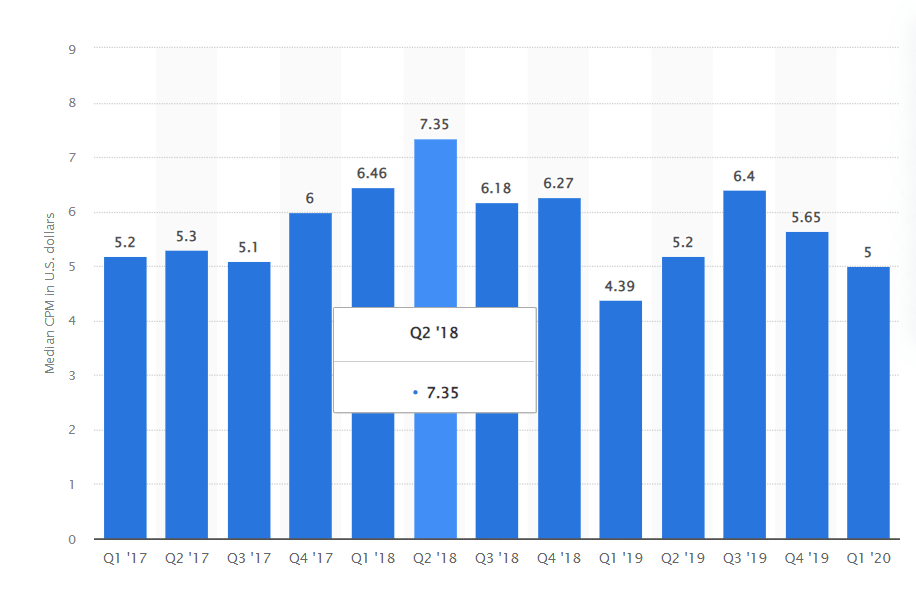
Now let’s look at the cold hard numbers. On average, advertisers pay more money per impression on Facebook than on Twitter. Facebook’s average cost per thousand impressions (CPM) tends to run from $7-$30. Twitter’s averages $2-$8 CPM.
So it costs between 3.5X to 7.5X more to buy 1,000 ad impressions on Facebook compared to Twitter. That’s a massive difference in cost efficiency for advertisers. Naturally, the higher cost implies Facebook has more demand competing for its ad inventory.
Ad Load
So Facebook has more users, more granular targeting, more ad formats, and higher ad prices. But there’s one more important piece – Facebook simply shows more ads per user than Twitter does.
Studies show the average Facebook user sees about 150+ ads per day in their feed. Twitter displays around 20-30 ads per day to users. Facebook has a much higher ad load overall, so users inevitably see 5-7X more ads throughout their daily usage of the platform.
Facebook is just more aggressive about monetizing all that content space. Users’ feeds are saturated with ads at a far higher rate than Twitter. Love or hate the onslaught of ads, it undoubtedly makes the platform more money.
Twitter’s Slow Adoption
Here’s some history on how we got to this point. Facebook introduced ads back in 2007 and immediately prioritized building up its powerful ad platform. Twitter didn’t roll out its initial ad products until 2010.
So Facebook had a three-year head start here. And they made ads the cornerstone of the company’s business model from day one. Twitter was much slower to build out a real ad platform in those early years.
Even today, Twitter’s ad capabilities lag far behind Facebook’s. And Twitter has been reluctant to crank up the ad frequency for fear of degrading user experience. This hesitancy to overwhelm users with ads has likely left money on the table.
The Takeaway
While no one wants more ads shoved in their face, the reality is Facebook’s non-stop ad assault brings in massive amounts of money. The company has built up a huge network effect over years of growth, cultivated oceans of in-depth user data, and invested heavily in diverse ad products.
Meanwhile, Twitter got a later start on ads and has been more conservative about ramping up ad loads. So that’s why you’ll get pummeled with 5X+ more ads scrolling Facebook compared to Twitter. Zuckerberg just isn’t afraid to monetize every inch of that content feed. But hey, at least you can tweet about how much you hate all those Facebook ads.
Latest News and Updates Related to Facebook and Twitter Ads
Staying up-to-date on the latest news and changes related to Facebook and Twitter advertising is crucial for marketers looking to optimize their social ad performance. Here are some of the most notable recent updates:
- Measurement Changes: Facebook is removing some outdated measurement options and focusing on action-based metrics like conversions.
- New Ad Placements: More ad options like adding brands to Facebook Avatars, ads in search results, and ads in Oculus VR environments.
- Updated Algorithms: Facebook’s AI now better detects “low quality” ads to improve user experience and performance for quality ads.
- Multi-Product Ads: Advertisers can now create unified ads spanning both Facebook and Instagram.
- Lead Form Ads: New optimized forms for capturing leads directly from ads.
- Affiliate Marketing: Facebook introduced an affiliate marketing platform for publishers to earn commissions promoting products.
- Revamped Ads Manager: Completely overhauled ads manager interface to simplify campaign creation and reporting.
- Automated Bidding: Machine learning automatically sets bids to optimize your campaign goals and budget.
- Campaign Experiment Labels: A/B test ad variations and find the best creatives using Twitter’s split testing tools.
- Audience Expansion: Use machine learning to find additional new audiences likely to engage with your ads.
- Location Targeting: Target ads by real-world locations like stores/dealerships with new proximity features.
- LEAD Generation Cards: Focused lead gen call-to-action ads to capture contact info from users.

